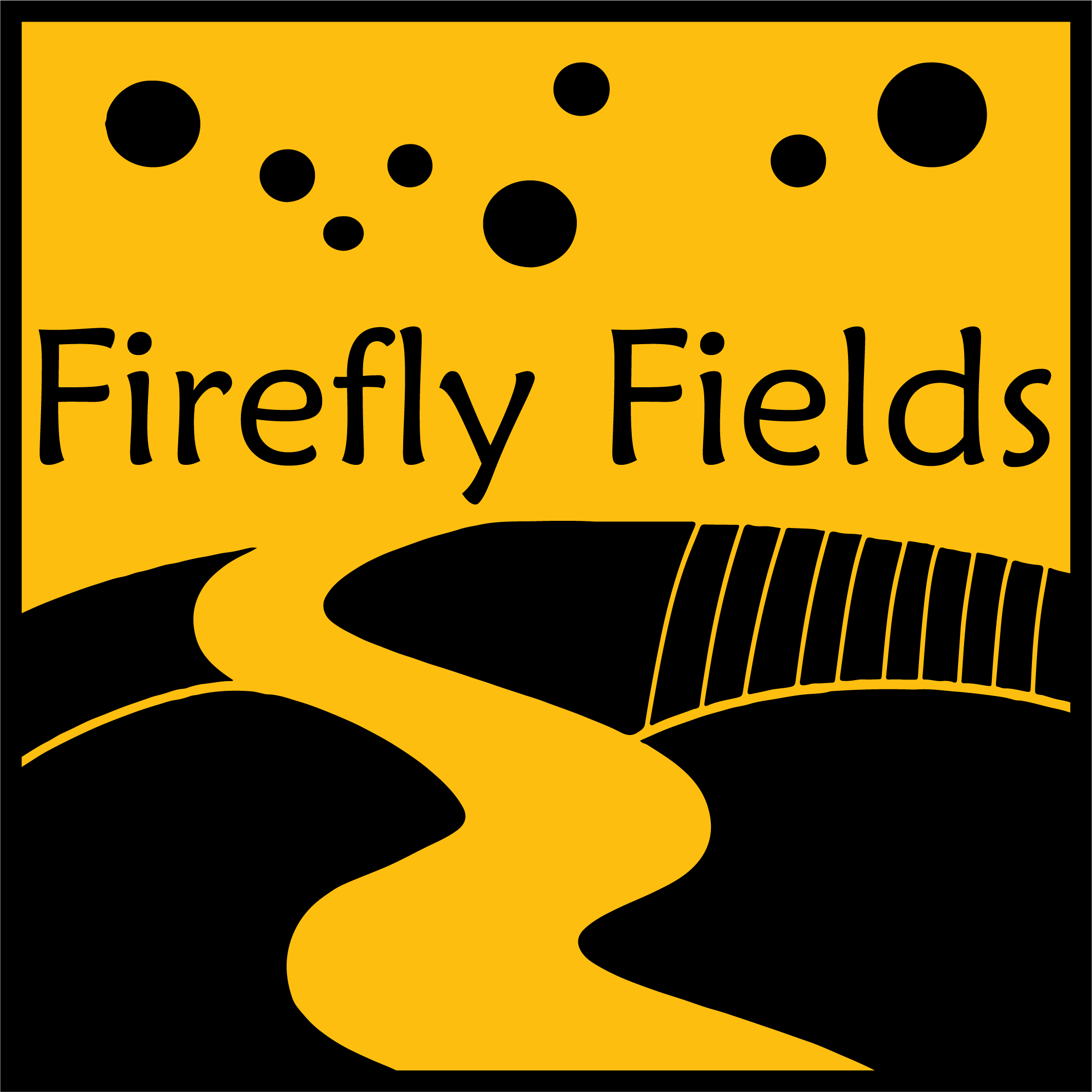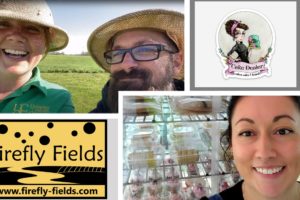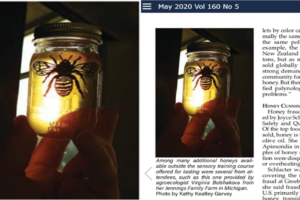For my 30-somethingth birthday (right before the ‘VID’ sent us all into lockdown), I treated myself to a full immersion course on Honey Sensory Analysis at the University of California’s Robert Mondavi Institute for Wine and Food Science in Davis, California. With the high hopes to one day become the best amateur honey taster and evaluator possible, I flew out to California to spend three days with some of the world’s most brilliant honey people. Heading west through SFO was a sort of coming home for me in some ways. I had spent the early part of the decade living in the San Francisco Bay Area working for the University of California’s Agriculture and Natural Resources developing my skills, passions, and interests in the rich diversity of locally grown food, and it had been awhile since I returned after moving back to the midwest.


Gathered in an intimate gallery with some 25 other students from not only the US, but other places around the world (e.g. Korea, Canada, etc.), we listened, witnessed, and practiced all things honey sensory analysis. There were beekeepers, mead makers, tasters. cosmetics developers, food scientists, honey wholesalers, nutritionists, and more all dedicated to becoming more finely tuned human measuring devices more capable at sensing and analyzing honey. From a point of acceptance that everyone lives in their own sensory world, and what I perceive is not what you perceive, we launched into sensory evaluation. We learned there are analytical tools, standards in replication, and common terminology that can help us discriminate among different honey samples. That, in fact, with much practice and training, an expert tasting panel of multiple people can consistently translate the sight, aroma, taste, and feel of honey into a common terminology and description of unique varietal honey.
Why master honey tasting?
Let’s consider wine. A wine sommelier plays an essential role in developing the best wine and food-focused experience possible. This refinement partially came about in the late 19th-early 20th century when prominent French restaurants could finally source smaller batched varietal wines thanks to the invention of the glass wine bottle. In this sense of smaller batches, honey is not so different. Based on the environment, nectar availability, beekeeping practices, and other factors, honey can also be collected on a micro-flow scale leading to different varietals and flavors that offer unique pairings with different foods (‘Terr-WHAT?!’ Terroir (té·rwar): A Taste of Place, read here). While the shear delight and joy of flavor we get from eating delicious foods is foundational, there’s another important aspect to characterizing honey varietals. And, unfortunately, it’s not all that sweet and palatable.

Out of these 15 entries in the picture above, 12 ‘failed laboratory examination’.
Now, entering the wild world of ‘funny honey.’ In the United States and Europe, 10% of foods are fraudulent and/or adulterated in some way. Those adulterations include substitution, dilution, addition, removal, and mislabeling of food. Honey is the THIRD most adulterated food, following olive oil (#2) and seafood (#1) (Journal of Food Sciences, 2018). HONEY. From cutting honey with high fructose corn syrup or rice syrup to more sophisticated honey manufacturing processes that include additive flavors, colors, and collected pollen and rerouting to different countries to avoid U.S. import bans, these ‘honeys’ are just not funny at all. Because of cheap imports, mislabeling, and adulteration (happening right here in the U.S. too), the price of honey has nose-dived. For reference, in 2016, 1700 tons of Manuka honey was produced from its source in New Zealand; however, somehow 10,000 tons entered the global market that same year (IFIS, Global Food Fraud Report, 2016). Further, the saturated market has the consumers confused, and no doubt frustrated.
Empowering the Eater & Taster
Need-less-to-say, honey in the U.S. is in real need of advocates. While the FDA’s Food Safety Modernization Act (FSMA) addresses honey adulteration, it only happens if there’s a food safety issue. Which kind of makes sense. There’s only so many food detectives out there, and the first concerns should rightfully be consumer life or death threats from food. Whether or not a fake producer cut the honey with corn syrup is of much lesser concern. Food labeling guidelines and lab testing can sometimes be helpful, but we also know there are ads on Alibaba advertising manufactured honey syrup that passes those honey verification tests. With so many regulation loops and professional food fraudsters in the system, at the end of the day, knowledge by the consumer and community connection are the real powers.

As an eater, first know that there is a difference in REAL honey and that honey is so very Special. Real, high quality honey is special with all the unique aromas, flavors, and mouthfeels. Take the time to get to know your honey supplier or more ideally, your local beekeeper so that you can ensure yourself a product that is pure, unadulterated honey. Once you taste, really taste, the legit thing you will begin to understand your honey product on a whole new level. We have had people comment that they used to never like honey, until they tried our honey. Makes you wonder if they weren’t a victim to the fake or adulterated stuff? Notice the colors, aromas, textures, flavors, and mouthfeels of different honeys. Pair different honeys with different cheeses, fruits, or savory breads for maximum enjoyment.
Realize how very exceptional the conditions must have been for the nectar in the blooms to be available and the weather to be just right and for the honey bee population to be in the right place to collect enough nectar to bring back to the hive and process that nectar into the very special honey it has become. When you pull all this together, it’s obvious just how truly special honey is, indeed.

Learning to Really Taste
During my time at the Robert Mondavi Institute, I tasted and documented over 60 different monofloral honey varieties from nearly as many countries across the world. Sweet honey, yes, I had tried that before, but sour, bitter, spicy, and umami honeys? That was something different, something special. We unpacked what was beyond the major flavor sensations learning how to use the Honey Flavor Wheel and describe the unique notes (e.g. grassy, stone fruit, jam, wet leather, cardboard, cinnamon, etc.). By training our senses in the evaluation of honey, we began learning how to distinguish botanical origins of honey (e.g. buckwheat, coriander, corbezzolo, chestnut, clover, etc.), as well as how to identify and quantify possible defects. I’m hopeful as I get more experience as a taster, I’ll be able to help promote real honey and useful information to our eaters.

If you’re interested in sitting back and learning more about the ‘unsavory truths and hidden forces’ in the food chain, check out Netflix series Rotten. Season 1 Episode 1: Lawyers, Guns, and Honey.






2 Comments
Leave your reply.